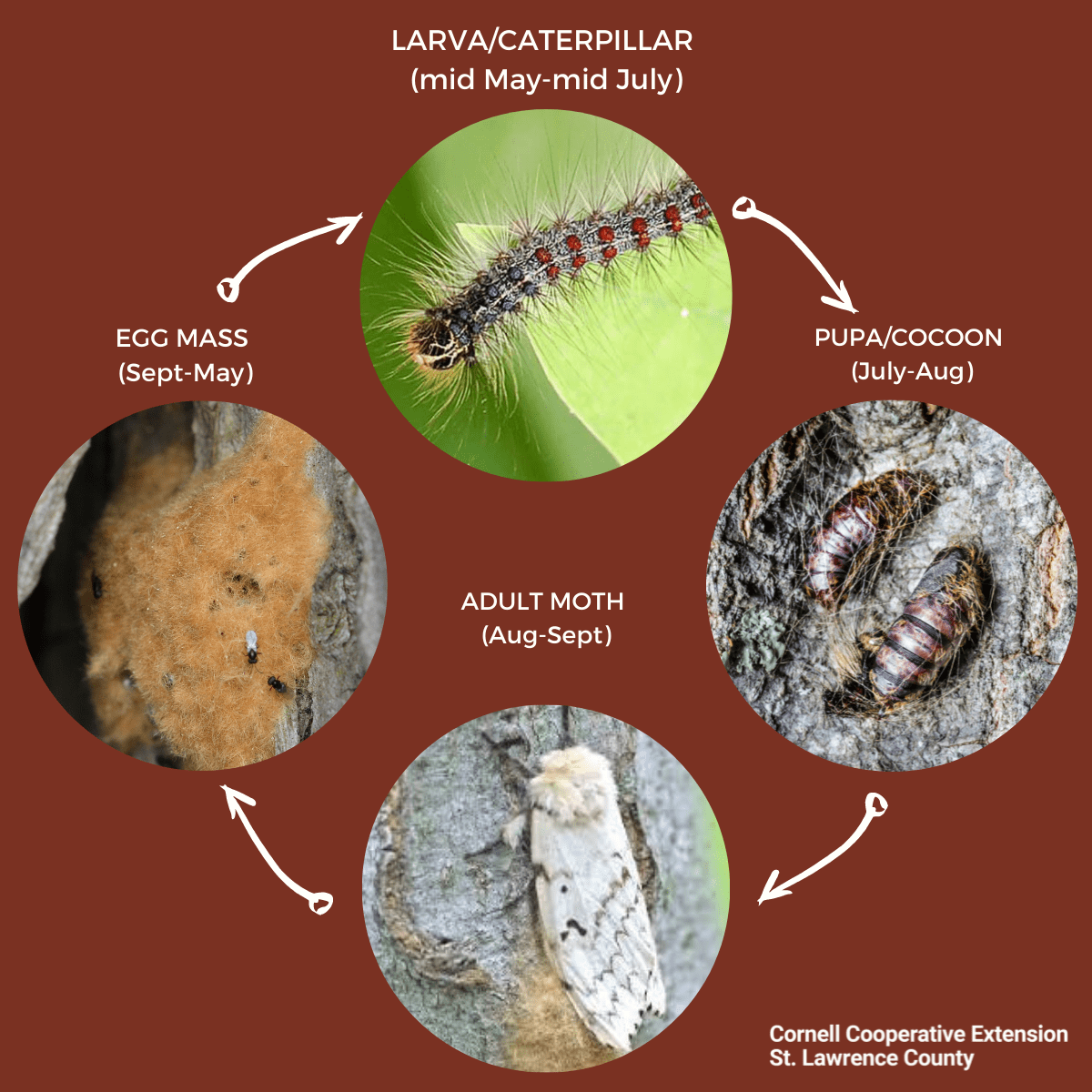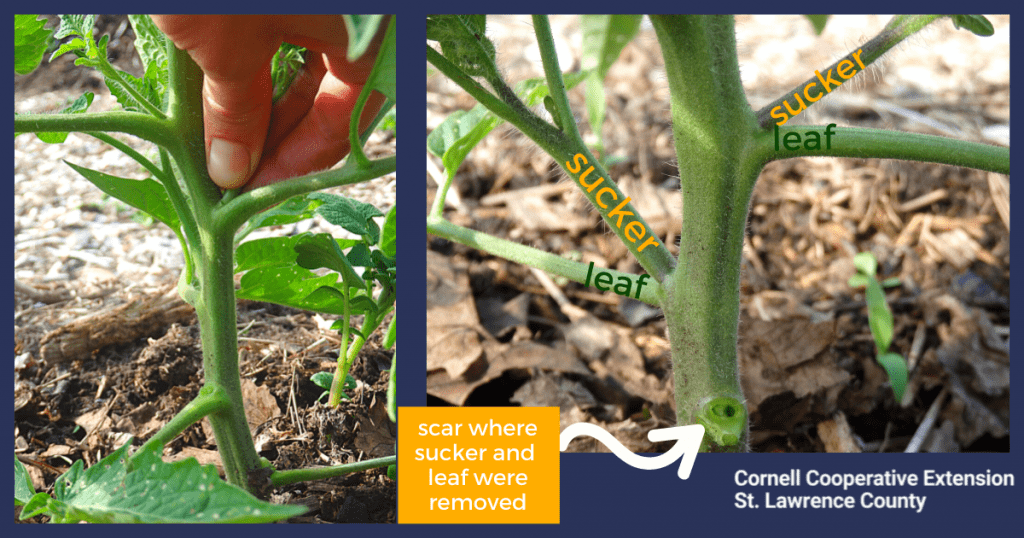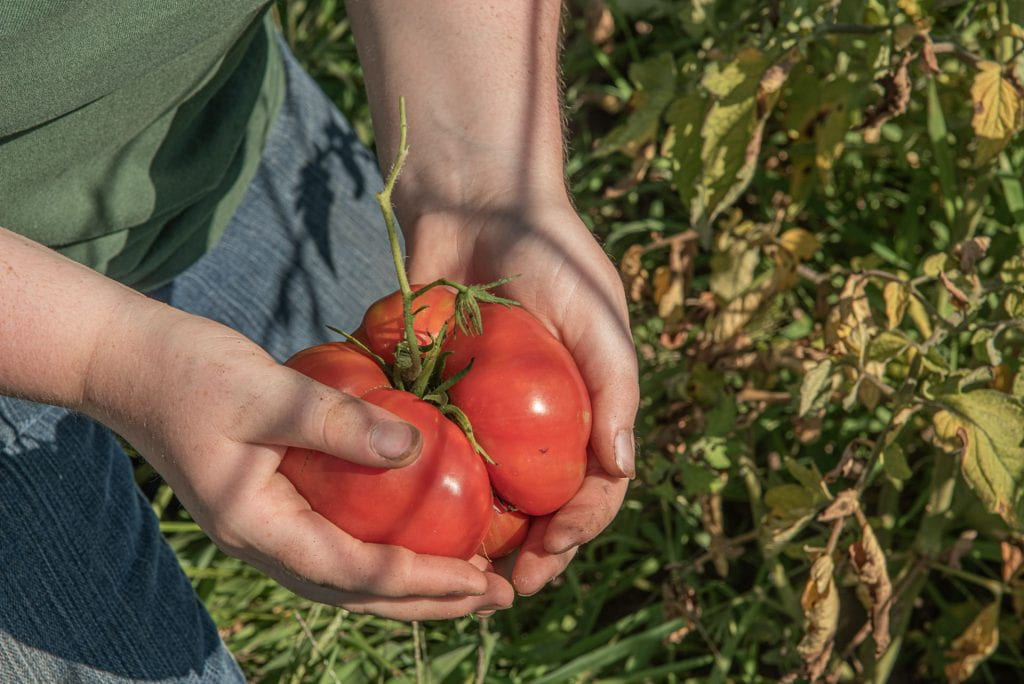This has been a tough year for trees. On top of drought conditions, Gypsy moth caterpillars, also known as Lymantria dispar dispar (LDD) caterpillars, have been defoliating trees throughout our region, including Northern New York, Vermont, and Southern Canada. Our St. Lawrence County Extension garden hotline , “the Growline” (SLCGrowline@gmail.com) has received many calls and emails from homeowners distressed at the damage they are witnessing. Some have sprayed with little or no effect as the caterpillars munch their way through their ornamentals and large shade trees.
The situation may seem dire, but the six Master Gardener Volunteers who serve as Growline moderators have distilled some great resources that can help us understand and manage the LDDs this year and in future years. This article covers the background and life cycle of this invasive species, tips for dealing with caterpillars and egg masses, and how to support affected trees through this stressful time.
Timeline
LDD caterpillar populations rise in years with mild winters and dry springs, and decline in wetter years due to a fungus called Entomophaga maimaiga that can spread through the population and keep them in check. Our current “moderate drought” and rising winter temperatures have played a major role in the current outbreak which began in 2019, grew in 2020, and is set to exceed 2020’s damage this summer. Despite this fungus, viruses and many other natural enemies, significant outbreaks have occurred in 1985, 1991 and 2002. Read more Gypsy Moth aka LDD Caterpillars




